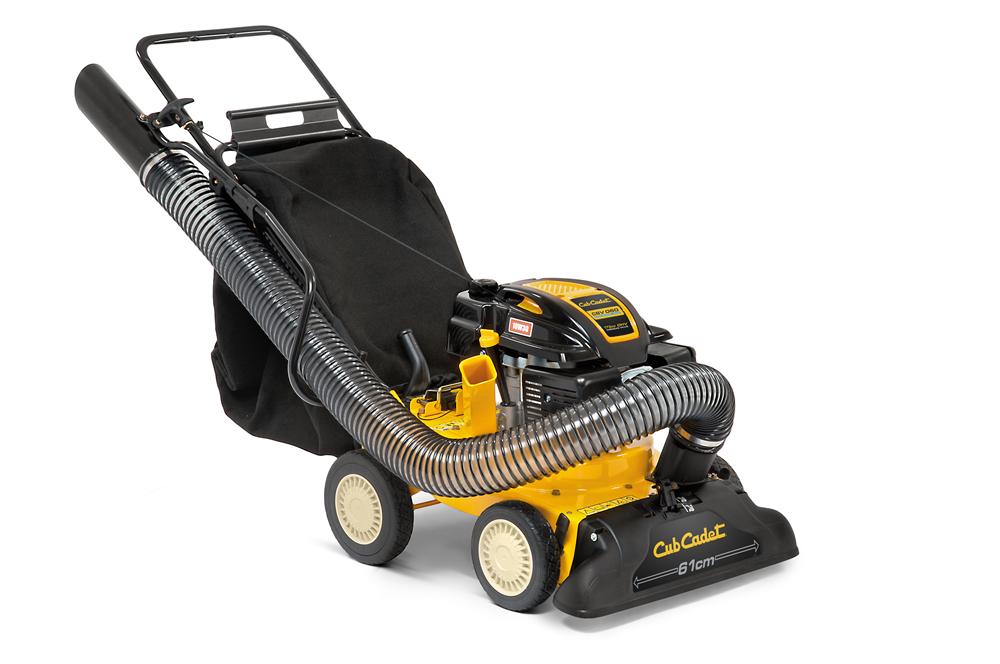 |
Autumn can be a fun time for everyone. The cool wind is soothing after the searing heat of summer, the children are back at school, and all the natural scenery around you just seem more beautiful. But the downside is that you’ll need to work extra hard to get rid of those leaves in your yard. This is not exactly what you’d consider as a fun task, but it can be fun and efficient when you use the right leaf blower.
|
Why Remove the Leaves?
There are 2 main reasons for this. The first is somewhat obvious: the leaves look messy. They don’t look good in your lawn and in other parts of your property.
The other main reason is that you need to get rid of your fallen leaves to protect your lawn. Your lawn thrives on exposure to sunlight, and the fallen leaves block the sunlight your lawn needs for nourishment. By removing the leaves, you ensure the health of your lawn for the coming spring.
So at the very least, you need to remove the leaves at least twice each autumn, although it may be better to do it once every seven to ten days. Don’t delay until the leaves begin to decompose. Instead, start the removal process when about a fourth of the leaves have dropped on you lawn.
What Tools Do You Need?
The first tool you need to have is a trusty rake along with a leaf tarp. The best type of rake is one that’s really wide and fitted with thin, extending prongs. Then you should also get a leaf vacuum, which sucks in, shreds and then bags the leaves in a very efficient manner.
The Cub Cadet Leaf Vacuum CSV 060 is a good example of what kind of vacuum to get. Its engine is powerful enough to easily vacuum the leaves. The shredder blades grind up the leaves and the small twigs, and then they’re transferred automatically to the felt catcher. There’s a separate chipper chute where you can feed twigs and branches up to 38 mm in diameter to turn them into fine mulch. The height can also be adjusted so that you can work effectively on your gravel walkways or on more solid ground.
It also comes standard with the 2-meter vacuum hose with a long grip to deal with hard to reach areas such as under brushes or along a wall. It even comes with safety glasses as well. There’s also a 3-year conditional warranty.
Using the Leaf Vacuum
Using the rake for everything doesn’t really make sense these days. So make it easier for yourself by just using the vacuum to conveniently suck in all the fallen leaves and twigs from your lawn, walkways, and decks. Rakes don’t really work well for your decks, but a vacuum does.
A vacuum is especially more useful than a rake in areas where the leaves have fallen between rocks or when they’re trapped at the base of your fence. The vacuum is also much better to use for all those crevices around your house and property.
With the vacuum, the work goes by much faster and it’s also the best option if you’re composting. It’s not all that difficult to use, and you can adjust the height for particular conditions. For more solid grounds, you can use the CSV 060 on a lower height, but you can raise it up (the height ranges from 16mm to 104mm) for your gravel walkways.
Using the Rake
You can use a blower to guide the leaves onto a tarp, but the vacuum unit is more effective and easier to use. Regardless of whether you use a blower or a vacuum or both, you’ll still need to use a rake to finish up. The rake takes care of any leaves your vacuum or blower may have missed.
To protect yourself when you use a rake, make sure you wear leather gloves and shoes that don’t slip on wet surfaces. You should also change your hand position every few minutes to minimise the chances of blisters. Since raking can be strenuous, you should also warm up 10 minutes beforehand with some stretching exercises. And when you pick up the leaves, bend at your knees and not at your waist.
That’s all there is to blowing leaves in autumn. With the right leaf blower or vacuum, the work becomes much easier, and you end up with a clean and well maintained lawn and walkway to celebrate the change of the season.
14 October 2015 11:32